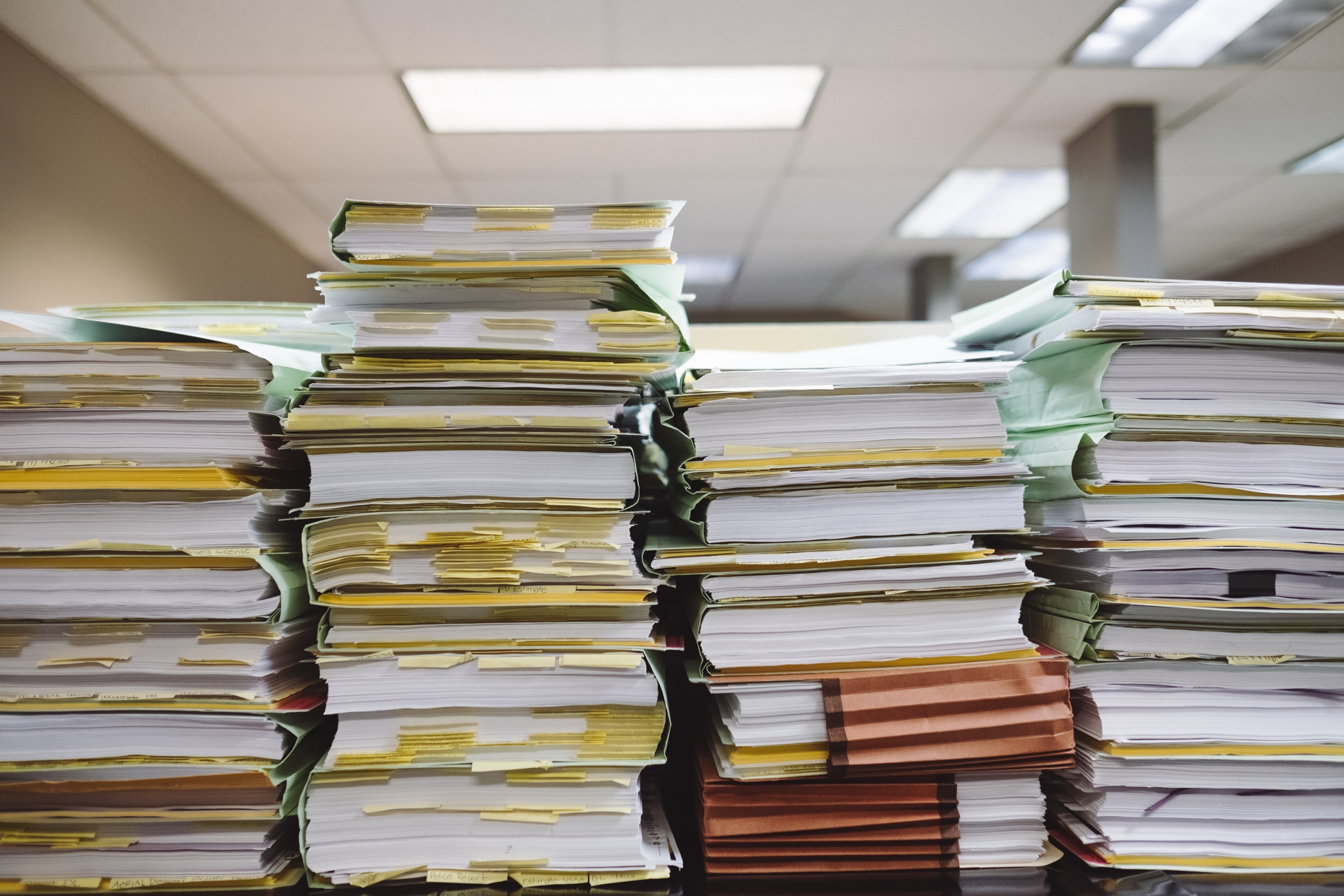Assuming that your project teams are maintaining contemporaneous records, how good are they? When did you last check?
When it comes to actually needing to rely upon site records, contractors and subcontractors often find that contemporaneous record keeping has not been as good as it could or indeed should have been. By this time, it is too late.
With over 25 years of working in the industry, it never fails to surprise me what I come across.
As an example, take a recent project which was significantly behind programme and suffering from incomplete systems, late BWIC, inefficient working and multiple revisits due to access / unavailability of areas.
The project planner had been diligent in preparing marked-up drawings of progress on his weekly site visits; this fed into the weekly progress report for the client.
Fabulous I thought, these contemporaneous marked-up drawings could be like gold dust in demonstrating inefficiencies and/or multiple revisits to areas etc.… If nothing else, they would prompt questions to the project team as to why revisits had been required.
Where are they kept?
Imagine my horror, when I was told they were thrown away once the weekly report had been updated!! Not filed and not even scanned and saved onto project folder. How much effort would this have taken, probably less than 5 minutes a week?
How powerful could these marked-up drawings have proved when read together with the weekly progress reports?
And the really frustrating factor was that the hard part in actually having had the discipline to prepare weekly marked-up drawings of progress had actually been done!
With the current COVID-19 pandemic, many contractors and sub-contractors will be operating under different working methodologies to those under which they priced the project at tender.
How are you capturing and recording the inefficiencies?
What records are you keeping? What records should you be keeping?
Do you need help with reviewing the type and quality of your site records? Please get in touch.


